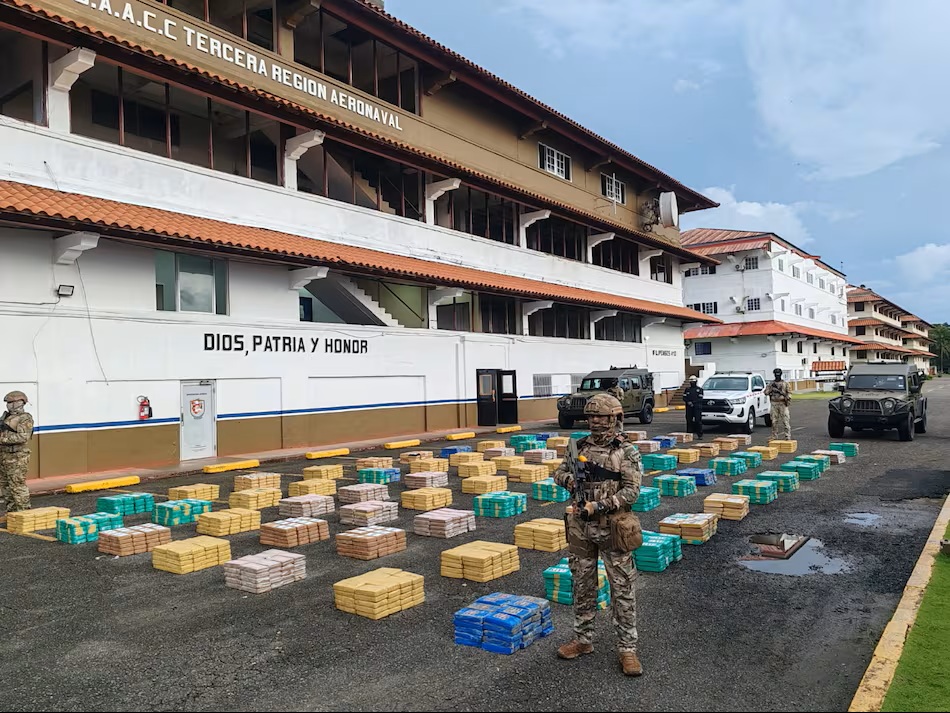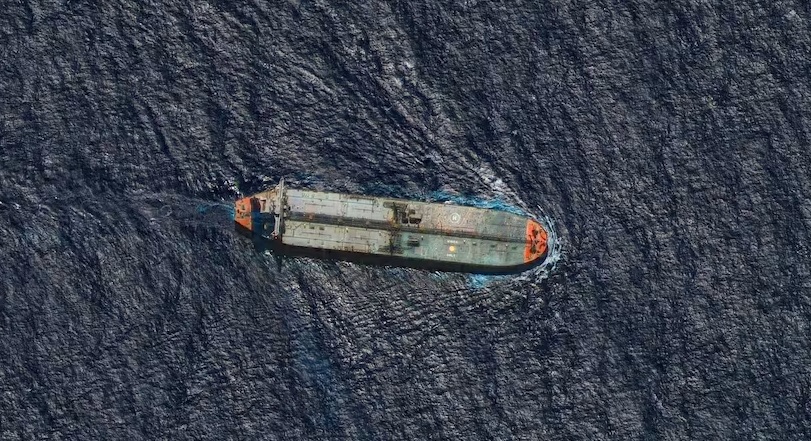Is Mexico’s Dry Canal a Threat to Panama’s Dominance?

Explore Mexico’s groundbreaking waterless canal, a potential rival to the famous Panama Canal that could redefine global trade. The “Mexican Panama Canal”: A New Era for Cargo Transport. Mexico recently marked a significant milestone in its industrial history with the April inauguration of its own “Panama Canal” without water, officially dubbed the Isthmus of Tehuantepec Interoceanic Corridor (CIIT). “The first shipments took place in July 2024,” noted Noi Mahoney, a journalist specializing in international trade. A Railway Corridor Matching Mexico’s Ambitions:

The CIIT is an ambitious project for the country. This 302-kilometer railway corridor can transport up to 1.4 million 20-foot containers annually, connecting Coatzacoalcos on the Gulf of Mexico to Salina Cruz on the Pacific Coast. However, contrary to what some might think, the CIIT is not a replica of the Panama Canal. It is an independent venture requiring cargo transfers on both sides to move goods.
A Complement, Not a Competitor
It’s incorrect to view the CIIT as a rival to the Panama Canal. While ships traversing the Panama Canal can carry between 12,000 and 15,000 containers each, a typical CIIT intermodal train carries between 350 and 425. Additionally, the Panama Canal handles an average of 8 million standard containers annually, compared to CIIT’s capacity of 1.4 million.

Mexican President Claudia Sheinbaum, pictured above, described the CIIT as a “complementary” corridor to the Panama Canal. “While the Isthmus of Tehuantepec interoceanic corridor cannot replace the Panama Canal, it offers businesses an alternative or complementary route from the Pacific to the Atlantic,” added Mahoney.
A Boost for the Local Economy
Beyond serving as a complement to the Panama Canal, the CIIT will also help boost the local economy. “The project aims to promote investment in Mexico’s underdeveloped southern region,” stated Mahoney. Thus, Mexico hopes to provide businesses with a more flexible secondary route while fostering development in the largely rural and marginalized southern region.





